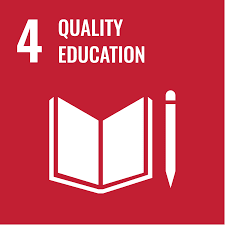VOL 1 No 2, 2024 Research Article
Assistant Professor, Department of English, Mahapurusha Srimanta Sankaradeva Viswavidyalaya, Assam, India.
DOI: https://doi.org/10.21659/jsae/v2n1/v2n102
[Article History: Received: 29 Mar 2025. Revised: 25 Apr 2025. Accepted: 28 Apr 2025. Published: 30 Apr 2025]
Abstract
The current obsession with mythology when it comes to the climate crisis and ecology does not endorse an attitude of nostalgia for the lost paradise; on the contrary, it reflects a new attitude towards nature and the more-than-human world. Myths are nowadays used to criticize the damaging impact of humankind on its ecosystems. Myths are employed to highlight an imbricate relationship of human beings with nature. Amidst ecological collapse and environmental catastrophe, humankind is surrounded by indications that our habitat is turning against us. The present paper attempts to study how the land of Arunachal Pradesh has been encroached by the process of modernization. The ecology of this pristine land has been disrupted. Mamang Dai’s novella The Legends of Pensam (2006) and Amar Kaushik’s movie Bhediya (2022) utilize the local myths to throw ample light on the issue of ecological decay on the land of Arunachal Pradesh due to a modern capitalist economy, which is indifferent towards ecological balance. Both Mamang Dai and Amar Kaushik aptly show that while extreme environmental effects and remarkable changes in weather patterns are not uncommon in many other parts of the world, the South Asian countries stand to witness significant adjustments in their socio-economic fronts owing to such rapid and irreversible alterations. The present paper attempts to locate the crisis faced by the tribes of Arunachal Pradesh as they have to undergo a radical process of transformation and adjustment as a result of the implementation of modern technology and a capitalist economy on their land. Both The Legends of Pensam (2006) and Bhediya (2022) oppose deforestation in the name of road-building. The proposed work will emphasize close scrutiny and analysis of the chosen text and movie, and the explications will be complemented with theoretical build-up.
Keywords: Climate, Ecology, Myth, Forest, Species, Nature




